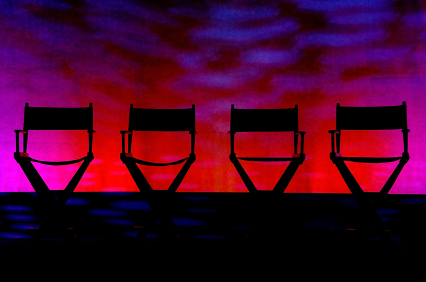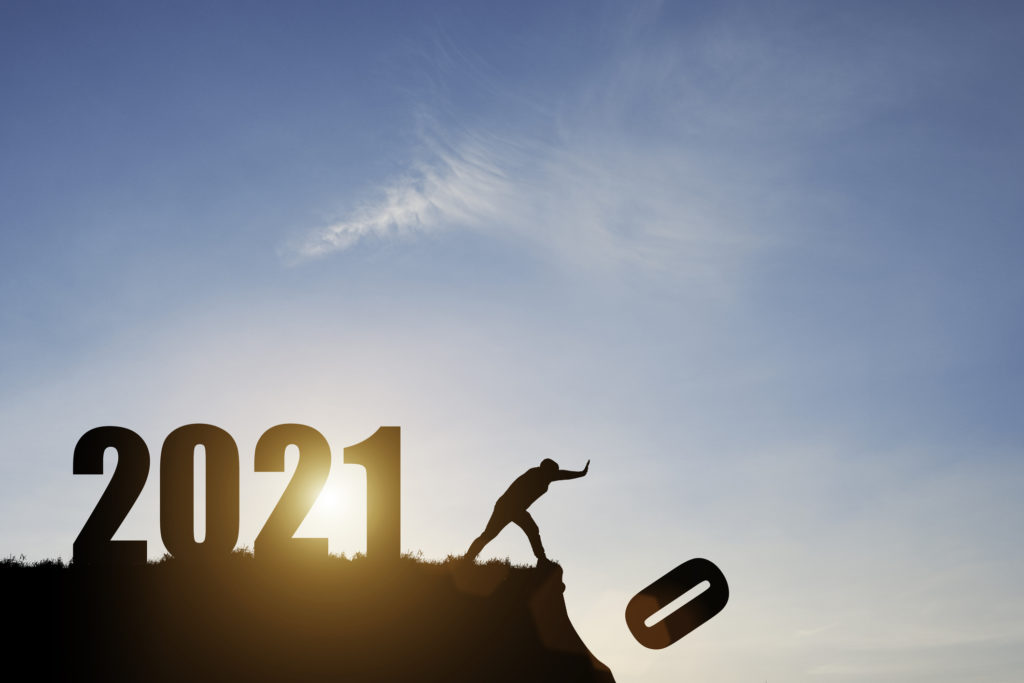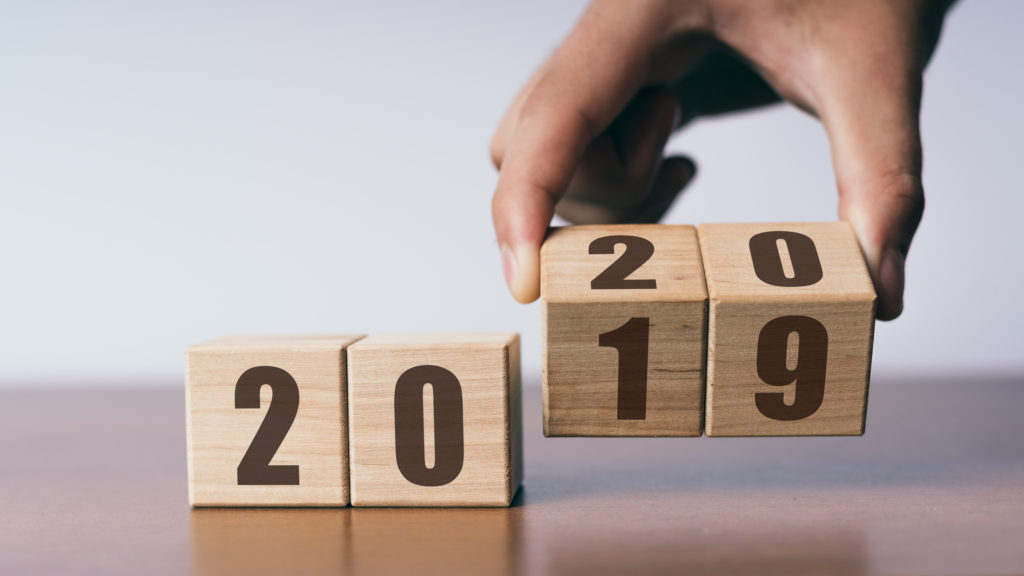#5: Best Of The Mr. Media Training Blog 2013
This post, called “Six Ways To Electrify Your Next Panel Discussion,” was published May 23, 2013.
I hate panel discussions.
Sure, I’ve been to the occasional panel discussion that features an unobtrusive moderator and three panelists who capture the audience’s attention. But they’re rare. Finding a great panel discussion is more challenging than finding a chain drug store with friendly customer service.
The problem is the format. Too often, you’ll find four people—a moderator and three panelists—all jostling for airtime. Egos get in the way, with the people on stage inserting themselves to make sure they each get their fair share of the talk time. And with four people taking the discussion into different directions, it’s often difficult to form a narrative thread that carries through the entire session.
Even the logistics for the usual panel session contribute to its awfulness: If you ask even the most energetic speakers to sit at a table and hunch over to speak into a microphone, their energy will inevitably be diminished.
All of that made me wonder: Is there a better way to structure panel discussions?
Here are six ways to enliven your next panel discussion:
1. Look For Areas of Disagreement: Pre-interview your panelists and look for areas of disagreement (if there aren’t any, you’re at risk of booking a boring panel). You may already do that, but here’s the key–don’t share the specific disagreements with the other panelists prior to the session. That will help keep some electricity in the air; when the panelists are confronted with opposing views, the audience will be able to see their genuine reactions.
2. Be a Relentless Time Cop: Have a conference call with your panelists in advance, advising them that you intend to keep the discussion moving quickly. Tell them that as soon as their answers exceed one minute, you’re going to cut them off by saying something such as, “That’s a great point, Susan. I’d like you to pick up on that David.” That puts panelists on notice that you won’t allow soporific filibusters—and the crisp pacing helps preserve the energy in the room.
3. Remove The Table: The majority of panel discussions are conducted from behind a long table. Get rid of it. The table is a physical barrier that separates the panelists from the audience. Worse, it diminishes the speakers’ natural body language. Just try gesturing enthusiastically while seated in a hunched-over position at your desk, your elbows attached to the surface. Pretty hard, no?
4. Use Stools or Chairs Instead: I often encourage clients to position stools or chairs at the front of the stage. That set up conveys a more casual and inviting “living room” feeling—which is the reason all of the morning news shows use it. This format allows you to use wireless microphones instead of table microphones.
5. Don’t Be Afraid to Be Playful: Depending on the seriousness of the topic, you might consider using a more playful format. For example, if speaking in Indianapolis or Daytona Beach, you might consider waving a racing flag when someone exceeds their allotted time. If speaking during the presidential election season, you might use the red, yellow, and green lights typically seen during televised debates to warn them their time is up. Or you might ask the audience to do a show of hands on a given topic and ask the panelists to respond to the audiences’ opinion. (If the audience overwhelmingly votes one way, you might turn to a panelist and say, “Give me one reason they’re wrong.”)
6. Kill The Ten-Minute Introductory Comments: Here’s a common set-up for panel discussions: In a 50-minute breakout session, each panelist gets 10 minutes to make introductory statements, which eat up the first half-hour of the session. That leaves only 20 minutes for interaction, the real purpose of a panel “discussion.” Instead of asking each panelist to give a lengthy intro, try the opposite approach: begin the panel by asking each panelist, in 30 seconds or less, to offer a strong opinion on a riveting topic.




